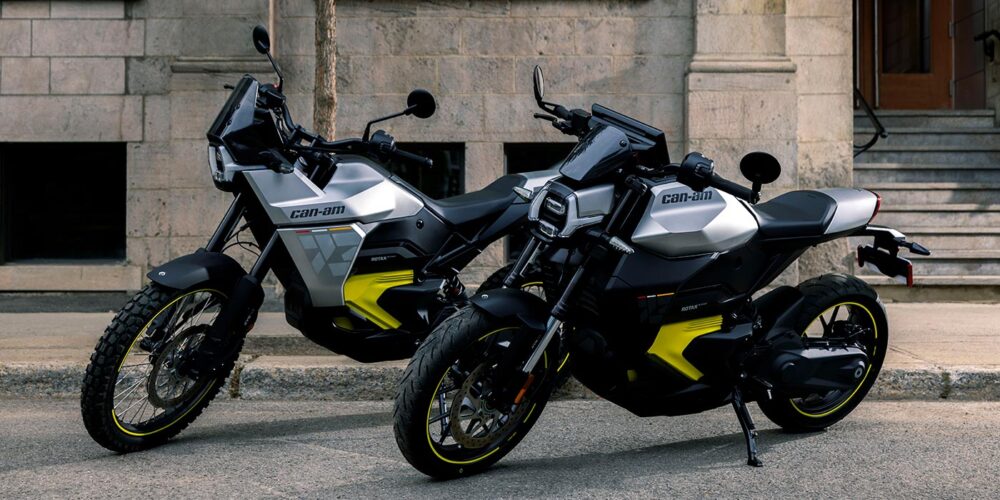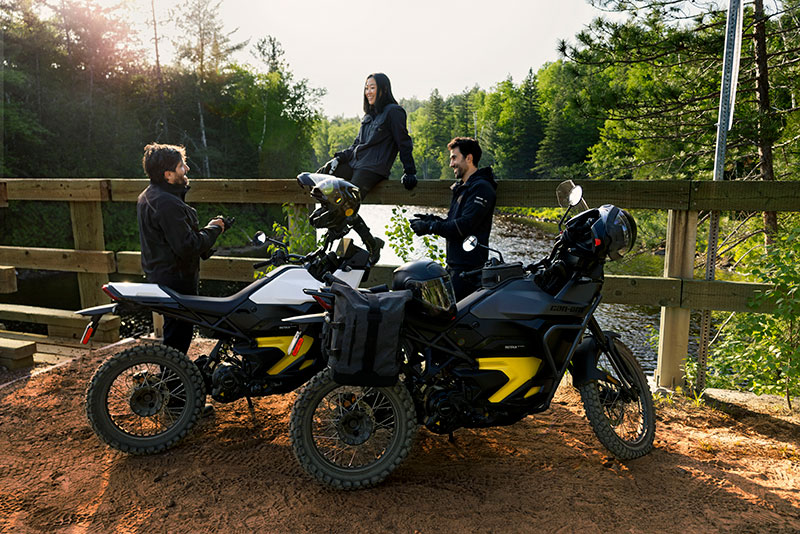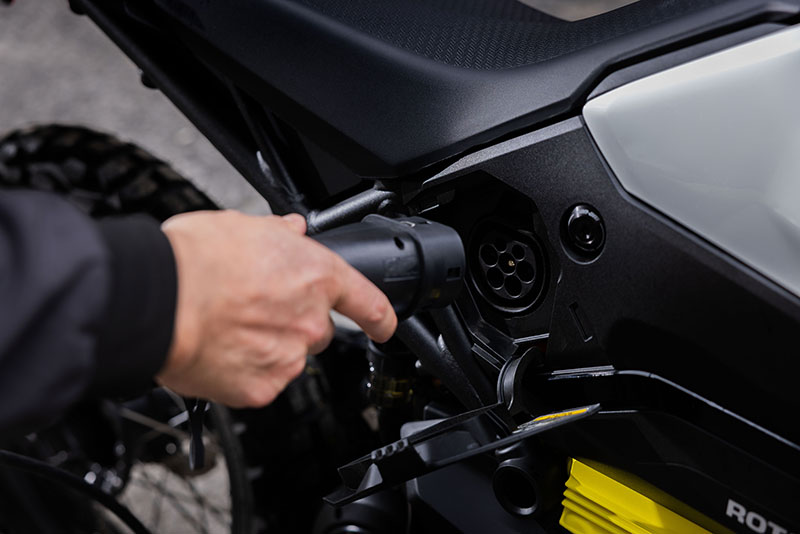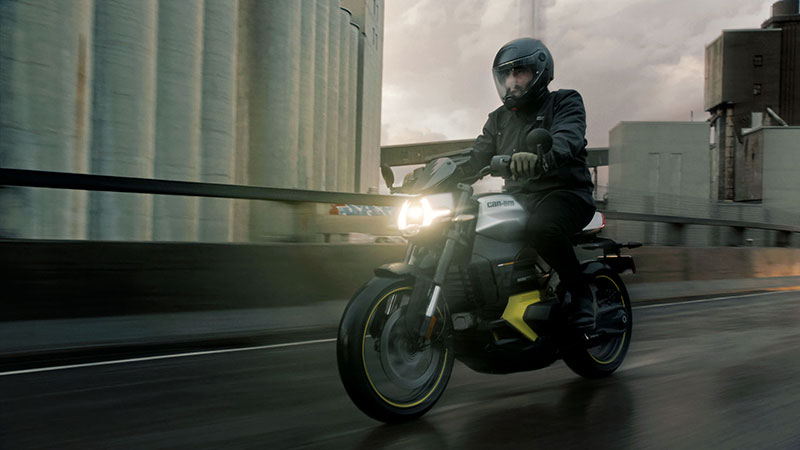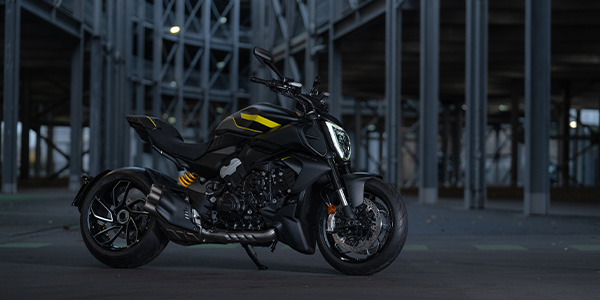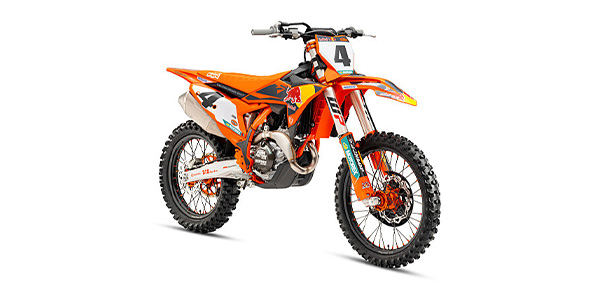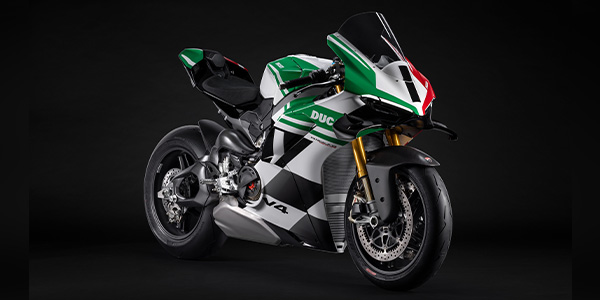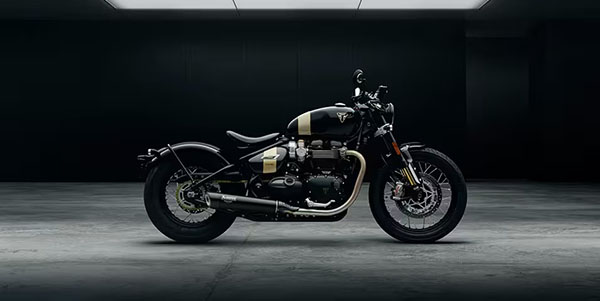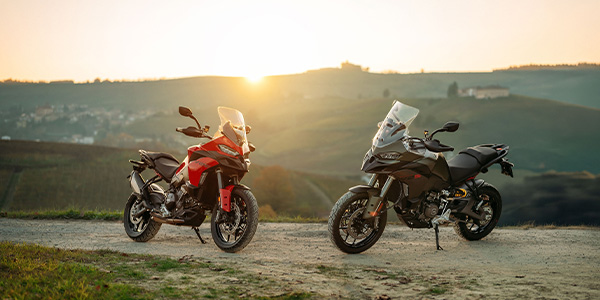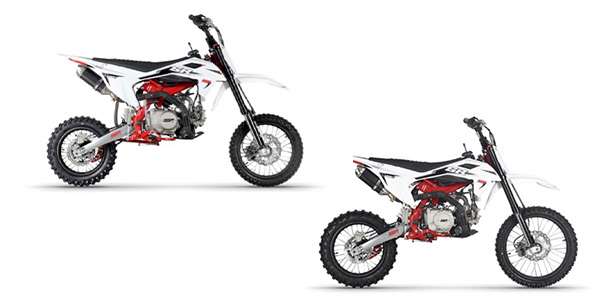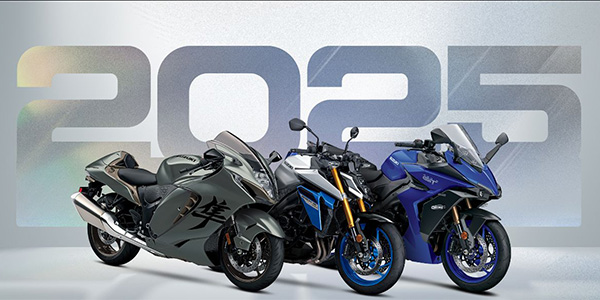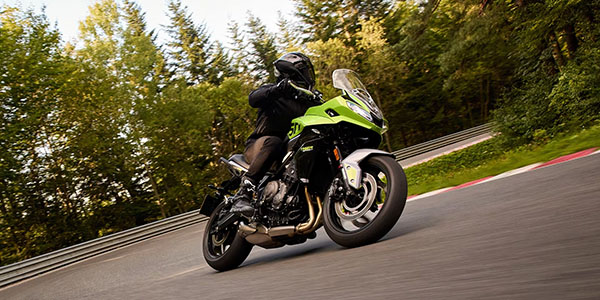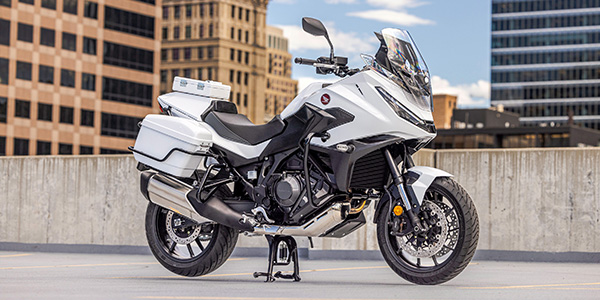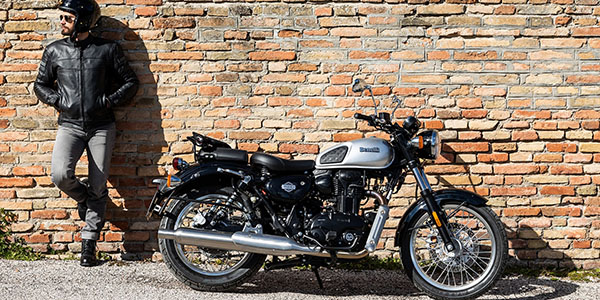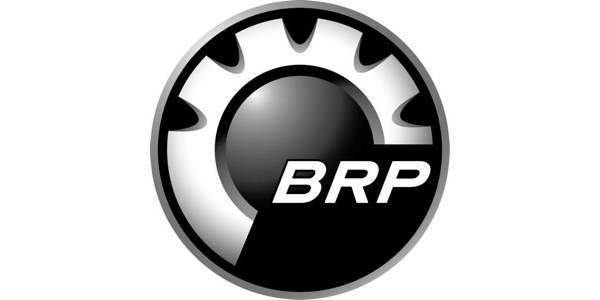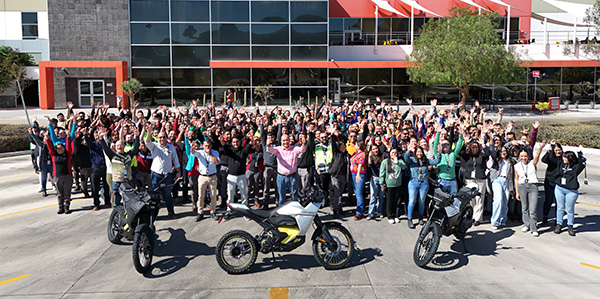Over four decades after Can-Am’s exit from the two-wheeled motorcycle market, the brand has bolted back onto the scene with its long-awaited electric models, the Pulse and Origin. Although Can-Am first revealed the bike concepts back in August 2022, the formal product launch took place during the Club BRP 2025 event in Anaheim, California, just a few weeks ago, where the company announced the bikes will at last enter production in the final quarter of 2024 and roll into dealerships in early 2025.
Pulling Ahead of the Curve
Why did BRP/Can-Am decided to reenter the motorcycle market with electric (EV) models? The company’s unequivocal answer is, “Why not?”
Having been with the company for 30 years, Sandy Scullion, president of powersports and marine at BRP, notes that everyone there has been dreaming of returning to two-wheels for decades. However, when the decision to move forward finally came, he says, “We didn’t want to do it following what everybody else did.”
After watching trends in the automotive space, BRP decided to take a proactive stance, believing that EV technology presents a unique opportunity to compete in a shifting powersports market.
“Going EV was kind of a competitive advantage because it resets everyone in the same stage. It’s not like other brands have 20 years of experience and we don’t,” explains Scullion. While that automotive surge in EV interest has not yet translated into powersports, he notes it’s only a matter of time. To that end, Scullion adds that while Can-Am’s motorcycles may not remain exclusively electric, the current focus is on establishing leadership in the electric powersports sector.
BRP’s experience in producing its electric Ski-Doo and Lynx snowmobiles, which operate in some of the toughest environments, provided valuable insights for the development of the Pulse and Origin. As Scullion puts it, “If you can make it work there, you can certainly make it work in a lot of other things.”
It’s actually this in-house developed technology that helps set the Pulse and Origin apart from other EV bikes on the market.
“We decided to take a modular approach to the EV components, whether we’re talking about the motor inverter, the charger, the battery, even the software running all of this,” Scullion says. “That technology is going to be leveraged through other products as well. And the challenge for us was how do we make sure we achieve that modularity without compromise?”
Packaging all those products — especially the battery, the position of which affects the bikes’ balance — without compromising the vehicles’ dynamics proved especially difficult. In the end, however, Can-Am was able to develop each bike with its own distinct style: the Pulse, a naked street bike aimed towards city riders, and the Origin, a dual-sport model with all-terrain readiness, the name and design of which harken back to Can-Am’s motocross origins. In addition, the latter model will have a special “Origin 73” trim version that features LED lighting, a LinQ windscreen, and signature paint and badging.
Key Features
BRP learned from its electric snowmobiles to create motorcycles that are extremely low-maintenance and offer a smooth ride. The Pulse and Origin are both equipped with an 8.9-kilowatt-hour battery — tested in both desert heat and blistering winter temperatures — offering a city range of 100 miles for the Pulse and 90 miles for the Origin. The Pulse boasts a 0-to-60-mph time of 3.8 seconds, while the Origin follows at 4.3 seconds.
Charging times are equally impressive, with the bikes going from 20% to 80% capacity in just 50 minutes using Level 2 charging, thanks to the battery’s liquid cooling system. This technology alone sets the bikes apart from others on the market.
“Ours will charge much faster because the batteries and the inverter and all the components are always at the right temperature,” Scullion explains.
Additionally, the bikes feature both a reverse function as well as Active ReGen controlled by the throttle. “You throttle for power, but then you [throttle] back for regen, and then you can actually modulate this depending on how much ReGen you want,” Scullion notes, underscoring the analog-like feel of the system and how, similar to a brake, it enhances control and smooths deceleration while giving more power back to the battery.
Like all electric motorcycles, acceleration is instant from the get-go, and both the Pulse and Origin put out 47 horsepower (35 kilowatts). In addition, Scullion notes the quietness of the ride is shocking. The instant torque and lack of noise create a unique riding experience that targets both new and experienced riders alike.
Sights Set on Different Targets
The Pulse and Origin are aimed at a variety of customers. While these bikes are not meant for tourers, potential customers would instead include early adopters of electric vehicles, seasoned motorcyclists looking for a fresh riding experience and even new riders drawn to the simplicity of riding an electric bike.
“There’s this quadrant of new entrants, people who don’t know they need a bike yet, [who’s] going to be attracted to the no-clutch ease of using one hand,” Scullion remarks.
As for where these bikes will be available, Can-Am currently is cherry-picking the dealers who show the most potential and readiness to take on these EVs. The company is putting together a training regimen for those dealers to cover the technical, safety and sales aspects of the bikes. That said, Scullion notes that BRP has been pleased with the pre-sale of many dealer allocations already.
While Can-Am has only revealed two bike models so far, Scullion says, just as with any BRP brand, more models will be developed in the future. Furthermore, given the modularity of the different components, he hints at more EVs to come across various BRP brands, adding, “It’s obvious we have not developed all of this only for motorcycles.”
For the moment, however, Can-Am is focusing on dealers understanding these products and learning how to accessorize them. The excitement from dealers around the Pulse and Origin has been “impressive,” according to Scullion, “so I’m really looking forward to the next few quarters and how this is going to go.”

